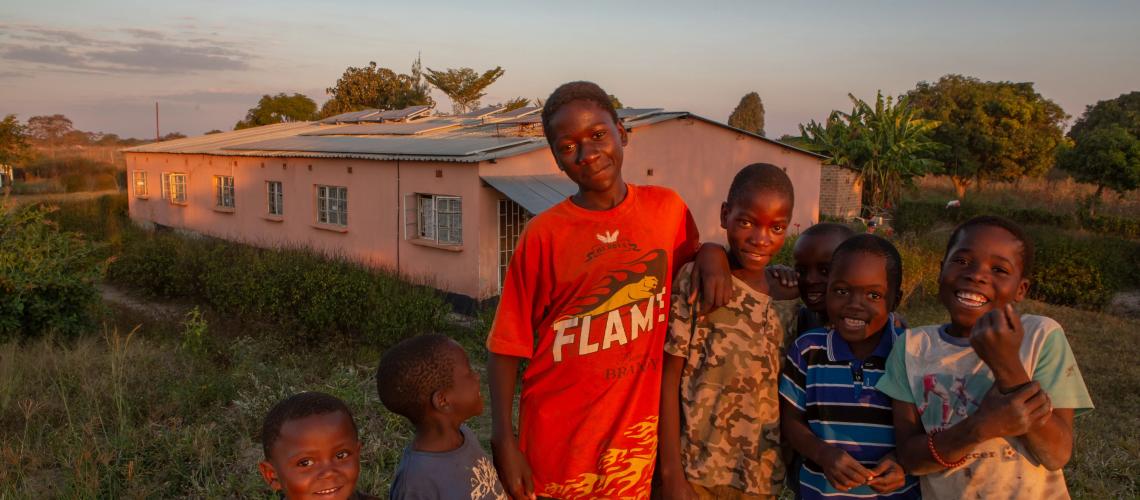
Zambia, a resource-rich, landlocked nation in Southern Africa, is sparsely populated and faces exposure to a range of hazards. Primarily, the country contends with epidemics like cholera outbreaks, and a growing frequency and intensity of seasonal droughts, floods, flash floods, extreme temperatures, and dry spells. The mining industry's toxic tailing contributes to the risk of water and land contamination. Additionally, Zambia's high vulnerability to climate-induced hazards such as droughts, floods, pest infestations, and landslides significantly impacts its predominantly agricultural society. With about 72% of Zambians working in agriculture, nearly 65% of whom are women, smallholder farmers reliant on rain-fed farming practices are especially susceptible to climate variability and change. These vulnerabilities are further intensified by unsustainable land-use practices.
